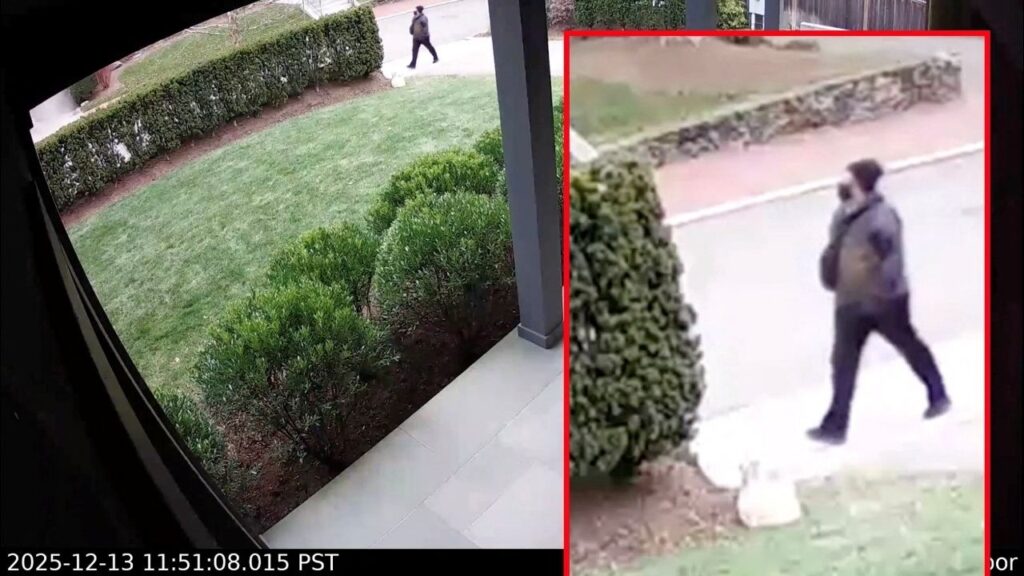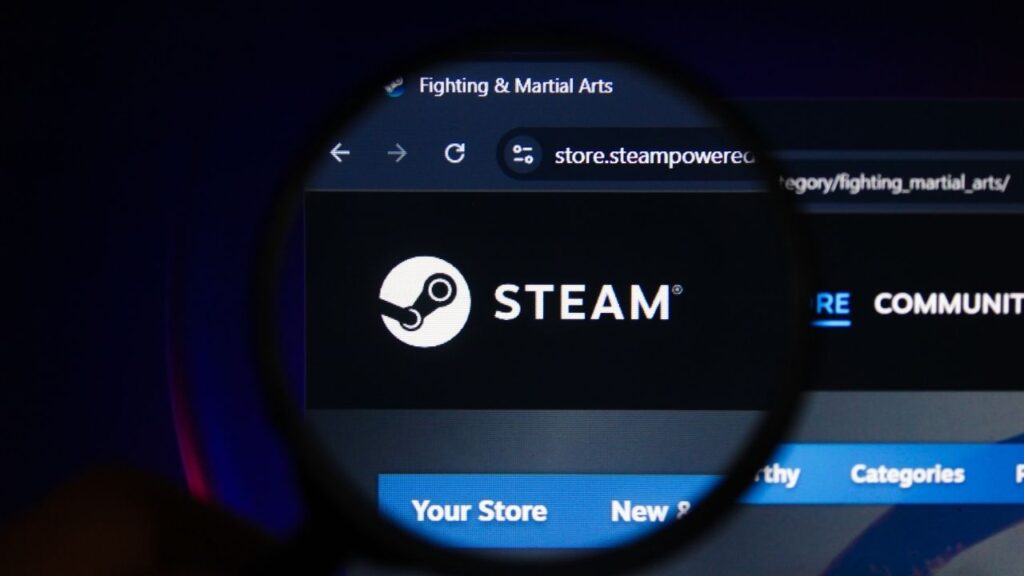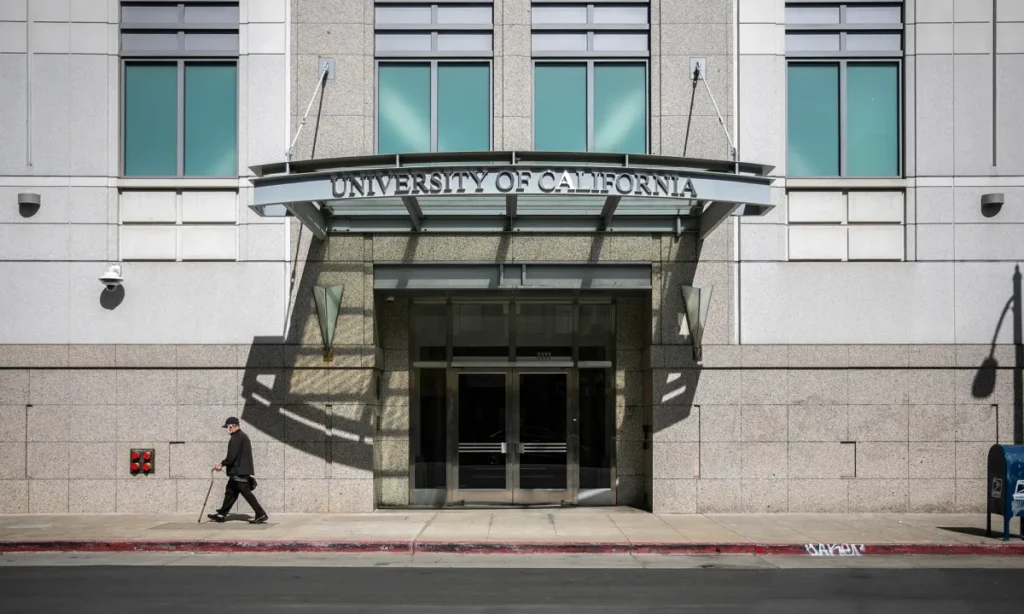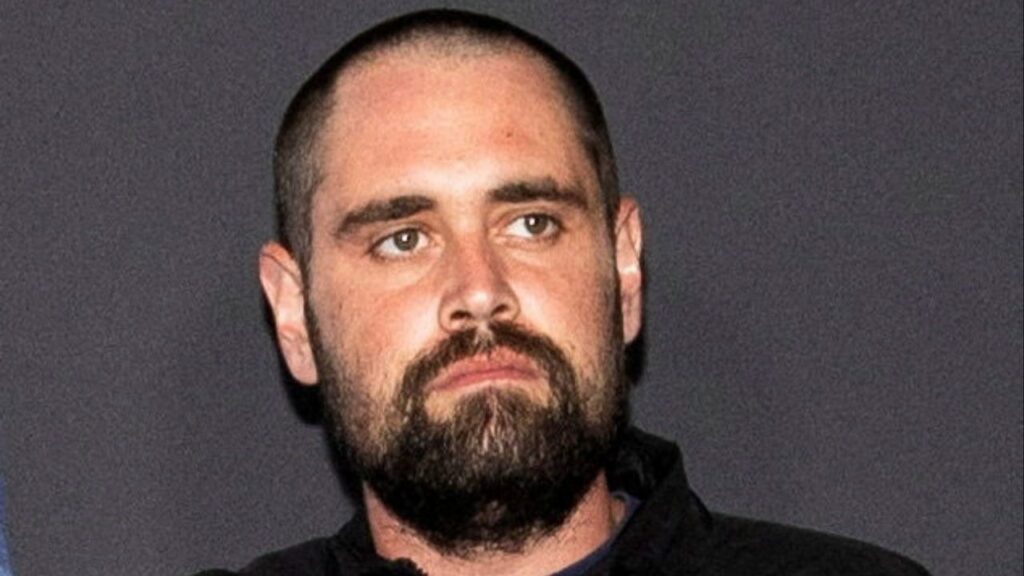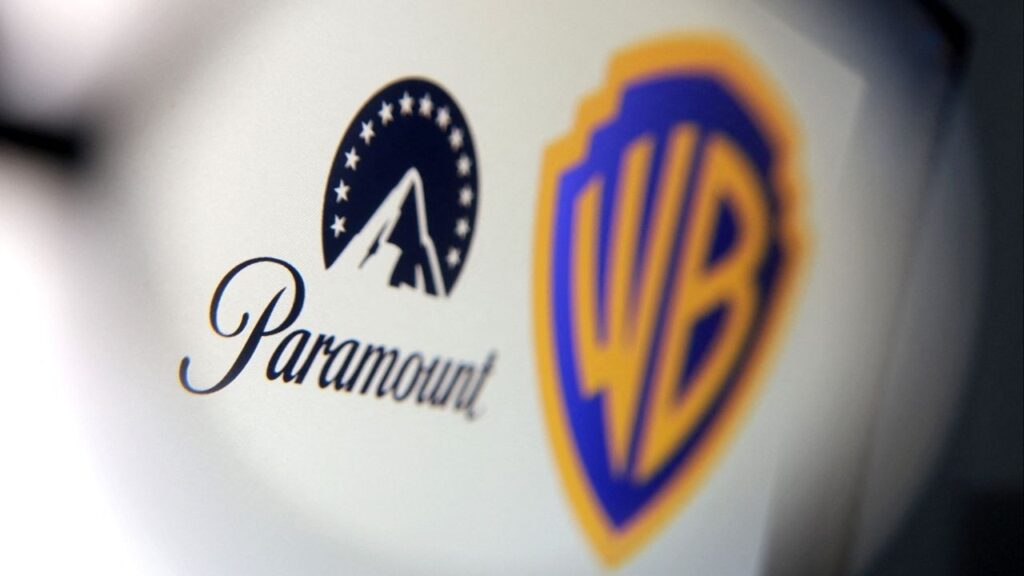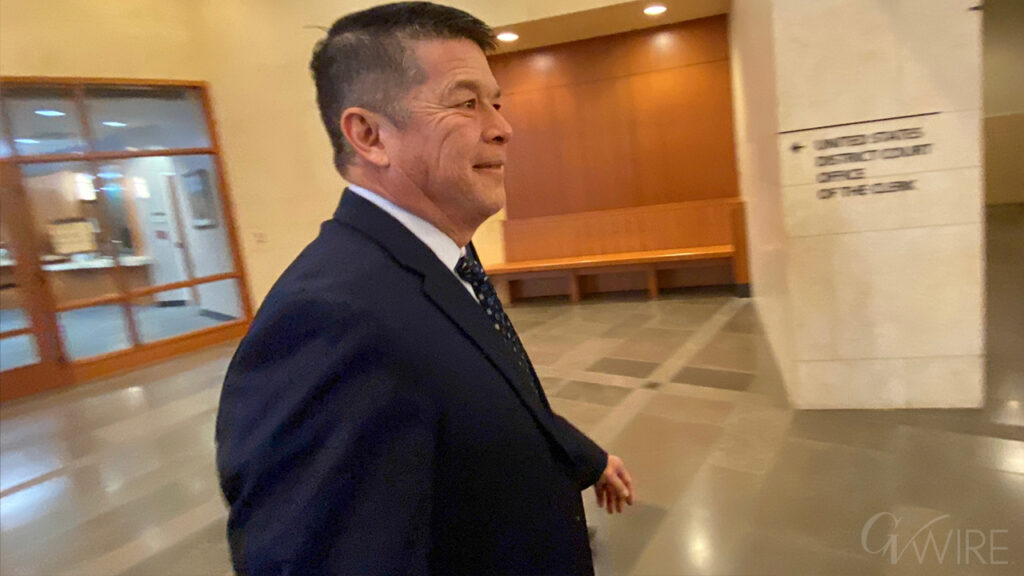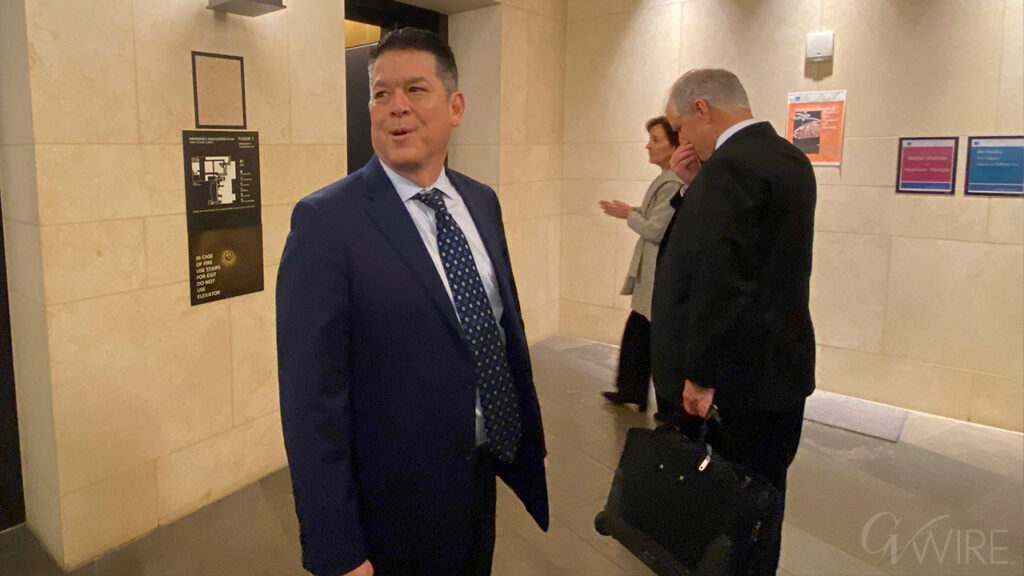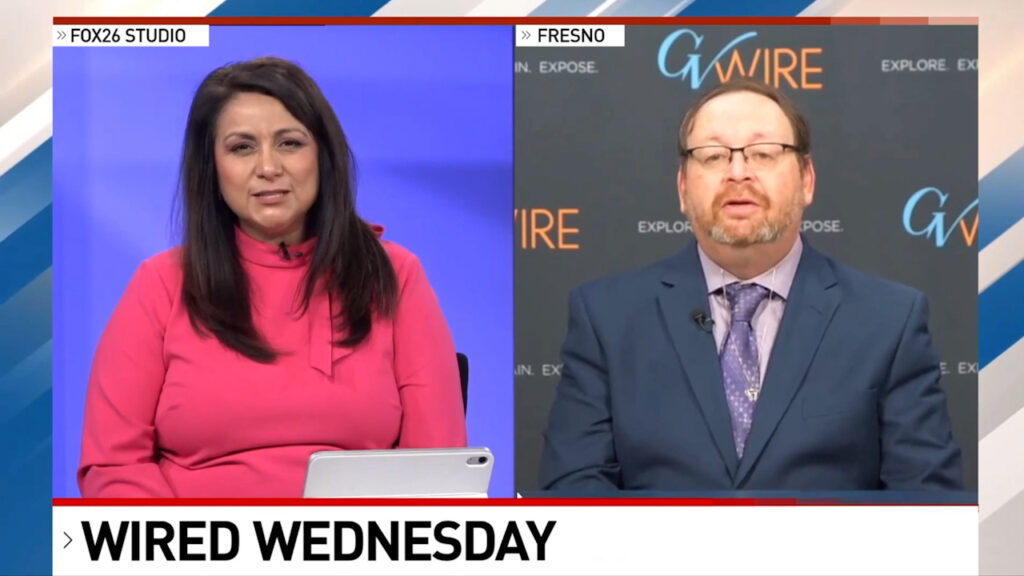An undated photo provided by Qiaomei Fu shows a skull found in Harbin, China, in 1933, which has been found to contain both Denisovan DNA and Denisovan protein. Fifteen years after the discovery of a new type of human, the Denisovan, scientists discovered its DNA in a fossilized skull. The key? Tooth plaque. (Qiaomei Fu via The New York Times)

- Scientists identify Denisovan DNA in 146,000-year-old skull found hidden in Chinese well.
- Breakthrough analysis of dental plaque reveals genetic material from mysterious human lineage.
- Harbin skull shows massive brain 7% larger than modern humans with distinctive features.
Share
When Qiaomei Fu discovered a new kind of human 15 years ago, she had no idea what it looked like. There was only a fragment of a pinkie bone to go on.
The fossil chip, found in a Siberian cave called Denisova, looked as if it might have come from a 66,000-year-old relative of today’s humans, or maybe a Neanderthal. But Fu, then a graduate student at the Max Planck Institute for Evolutionary Anthropology in Germany, and her colleagues found DNA in the fossil that told a different story. The bone had belonged to a girl who was part of a third human lineage never seen before. They named her people the Denisovans.
In the years since, Fu has helped to discover more Denisovan DNA: in teeth and bone fragments from the Denisova cave, in the sediment of a cave floor in Tibet and even in people living today in Asia and the Pacific — evidence of interbreeding tens of thousands of years ago.
But without clues from a skeleton or a skull, the physical appearance of these humans remained a mystery, said Fu, now a geneticist at the Institute of Vertebrate Paleontology and Paleoanthropology in Beijing. “After 15 years, people want to know, who are the Denisovans?”
Now she can put a face to the name.
DNA Discovery Reveals Ancient Identity
Fu and her colleagues announced Wednesday that a skull found in China contains both Denisovan DNA and Denisovan protein. “This moment is special to me,” Fu said.
It’s all the more special because the skull was nearly lost to science. In 1933, a laborer in the city of Harbin, China, discovered it on a construction site and, suspecting it was valuable, hid it in an abandoned well. But he never returned to retrieve it and did not breathe a word of it until shortly before his death. He told his family about the skull, and they fished it out of the well in 2018 and donated it to Hebei GEO University.
There, Qiang Ji, a paleoanthropologist, and other scientists analyzed the chemistry of the fossil and concluded that it dated back at least 146,000 years — perhaps far longer.
After reconstructing the face of the Harbin skull, the scientists concluded that it belonged to an enormous male with flat cheeks, a broad mouth and no chin. An imposing brow hung over his deep-set eyes and bulbous nose. And within his massive skull was a massive brain, measuring about 7% larger than the average brain of a living human.
Ji and his colleagues concluded that the Harbin skull, with all its distinctive traits, belonged to a species of its own. In 2021, they named the species Homo longi, for Long Jiang, the region where the skull was found.
Breakthrough in Dental Plaque Analysis
But some scientists, including Fu, wondered if it was a Denisovan. To find out, she got permission to study the Harbin skull. She had spent years inspecting skulls and other fossils in Chinese museums for Denisovan DNA but had come up empty every time.
To test the Harbin skull, Fu and her colleagues removed tiny samples from a tooth and from the bone that houses the inner ear — typically the best places in a skull to look for genetic material.
They found no ancient DNA. But the bone contained 95 proteins, a tremendous number for an ancient fossil and enough to determine what it was: a Denisovan.
As exciting as that discovery was, Fu said, their failure to find DNA “was still painful.” DNA is more complex than proteins, with the potential to reveal more secrets about the fossils it comes from.
So Fu decided to look once more for DNA, this time in the plaque on the Harbin skull’s teeth. As plaque builds up, it traps bacteria and, sometimes, also a few cells from the mouth. She knew it was a long shot but figured it was worth a try.
When Fu and her colleagues inspected a sample of the dental plaque, they discovered DNA. As expected, most of it came from bacteria. But a tiny fraction came from the mouth’s cells. And when they analyzed that DNA, they discovered that it was Denisovan.
Janet Kelso, a geneticist at the Max Planck Institute who was not involved in the study, said the discovery was remarkable, because fossilized plaque harbors minuscule amounts of DNA at best.
“It is fascinating that the hardened plaque layer preserved enough of the DNA of the Harbin individual for them to successfully determine that the individual was Denisovan,” she said.
John Hawks, a paleoanthropologist at the University of Wisconsin-Madison, said the studies delivered a definitive answer to the question of the Harbin skull’s identity. “Mystery solved,” he said.
Mapping the Denisovan Family Tree
The DNA in the Harbin plaque also allowed Fu and her colleagues to place the Harbin skull on a Denisovan family tree. Modern humans share a common ancestor with both Neanderthals and Denisovans who lived in Africa about 600,000 years ago. The forerunners of Neanderthals and Denisovans migrated out of Africa and then split into the two lineages about 400,000 years ago.
Neanderthals spread from the Middle East to Western Europe, while Denisovans spread from Siberia eastward. Over thousands of generations, the Denisovans split into new branches.
Fu and her colleagues found that the Harbin skull belonged to the same branch as the oldest Denisovans found in the Denisova cave, whose fossils dated back about 200,000 years. A separate branch gave rise to the 66,000-year-old Denisovan girl whose pinkie bone was found there.
Given all the genetic diversity documented in Denisovan DNA, Fu can’t say whether the Harbin skull reveals a typical Denisovan face. “For now, it’s just one case,” she said.
She hopes to inspect more fossils found in China and other parts of Asia to search for Denisovan DNA and proteins. “If in the future we can get additional skulls, we’ll be able to understand what the common Denisovans looked like,” she said.
For now, the discovery leaves scientists divided about what to call the lineage that includes the Harbin skull and the girl from Denisova. “Homo longi is the appropriate species name for this group,” said Chris Stringer, a paleoanthropologist at the Natural History Museum in London who was not involved in the study.
But Hawks still calls them Denisovans. The fact that they could interbreed with our own ancestors, he argues, makes them a lineage in our own species, along with Neanderthals.
“I’m pretty confident saying these are all Homo sapiens,” he said.
—
This article originally appeared in The New York Times.
By Carl Zimmer/Qiaomei Fu
c. 2025 The New York Times Company





